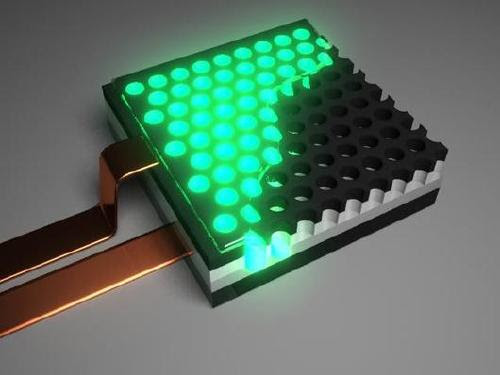Basic plastics are electrically insulating, but with the right additives, they can conduct electricity. Conductive plastics can be used to replace metal components and improve sustainability in multiple areas of connector construction. They require less energy to manufacture and weigh less, reducing system weight, a very important consideration in applications such as electric vehicles (EV). Their lighter weight also reduces greenhouse gas emissions associated with transportation and logistics.

It reviews the three levels of conductivity in plastics, including antistatic protection, electrostatic discharge (ESD) protection, and electromagnetic interference (EMI) shielding. It then examines how to make conductive plastics using carbon black, carbon fiber, carbon nanotubes (CNT), and metal particles, optimizes the manufacturing of conductive plastics using ALS microtomography, and compares the EMI shielding performance of conductive plastics to traditional metal shielding.
Resistivity of conductive plastics
Surface resistivity greater than 10^14Ohm-cm is considered an insulator. Conductive plastics are classified into three levels of resistivity:
▶10^12 to 10^6Ohm-cm, for anti-static protection
▶10^6 to 10^4Ohm-cm, for ESD protection
▶Below 10^4 ohm-cm, used for EMI shielding.
Advantages of each raw material
Pentaerythritol tetrastearate (PETS), also known as pentaerythritol nitrate, is often used to provide anti-static protection. Producing conductive plastics involves a trade-off between material cost, conductivity, mechanical strength, and processability. In addition to sterate additives, other additives include carbon black and metal particles.
Carbon black is inexpensive and widely used in the manufacture of conductive plastics for anti-static protection and low-performance EMI shielding.
Carbon fibers are more conductive than carbon black and add mechanical strength. They produce lightweight conductive plastics for structural components in automotive and aerospace applications.
Carbon nanotubes are used to produce conductive plastics with antistatic and EMI shielding properties for use in electronic components such as sensors and actuators.
Finely dispersed metal particles such as silver or copper are also used to produce conductive plastics. These plastics have higher conductivity than carbon-based fillers and are used to provide EMI shielding for connectors and housings in electronic devices.
In conclusion
KONNRA Connectors is committed to sustainable development. By adopting environmentally friendly materials, optimizing production processes, promoting green supply chains and other measures, it reduces environmental impact, provides high-quality and environmentally friendly connector solutions, and helps customers and the entire industry move towards a greener and more sustainable future.









